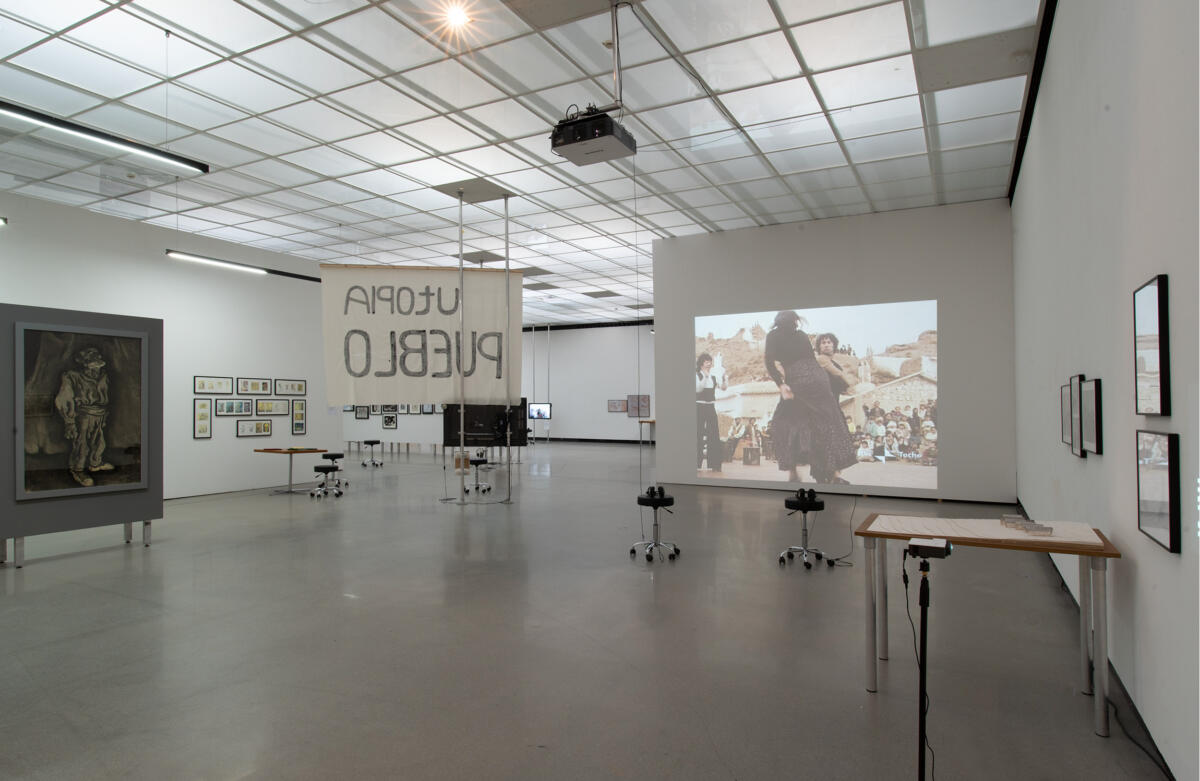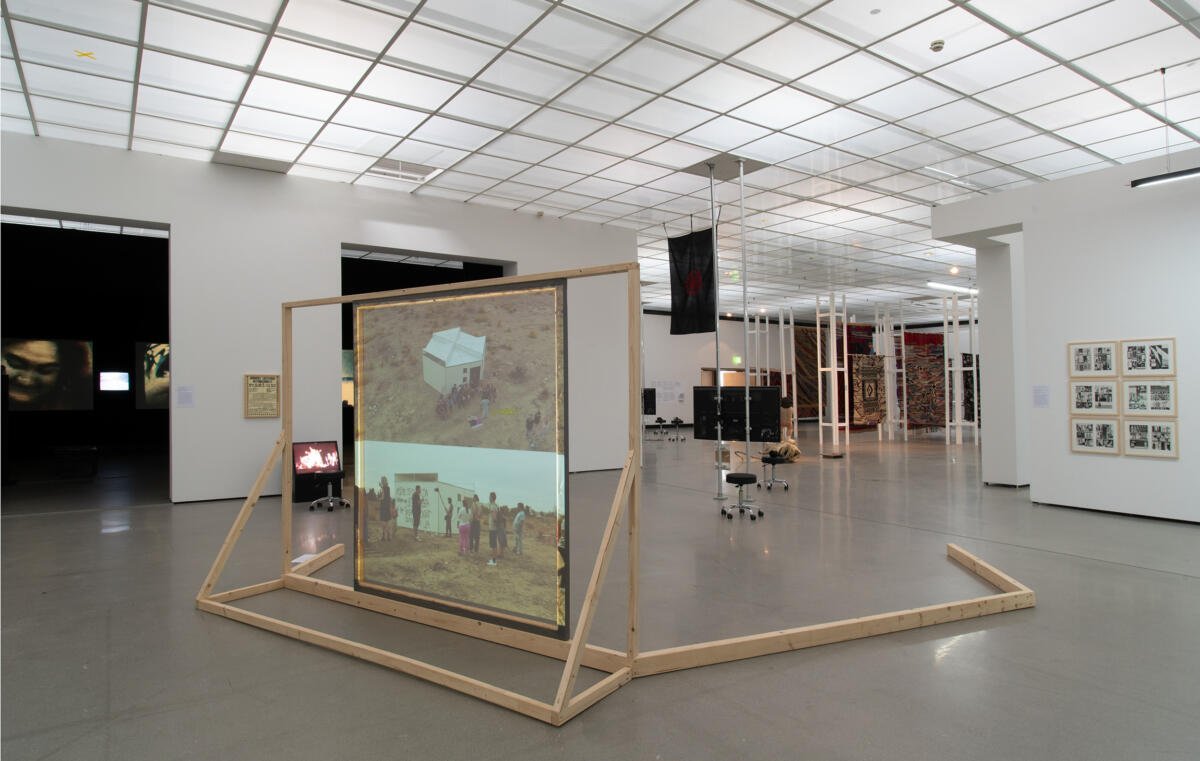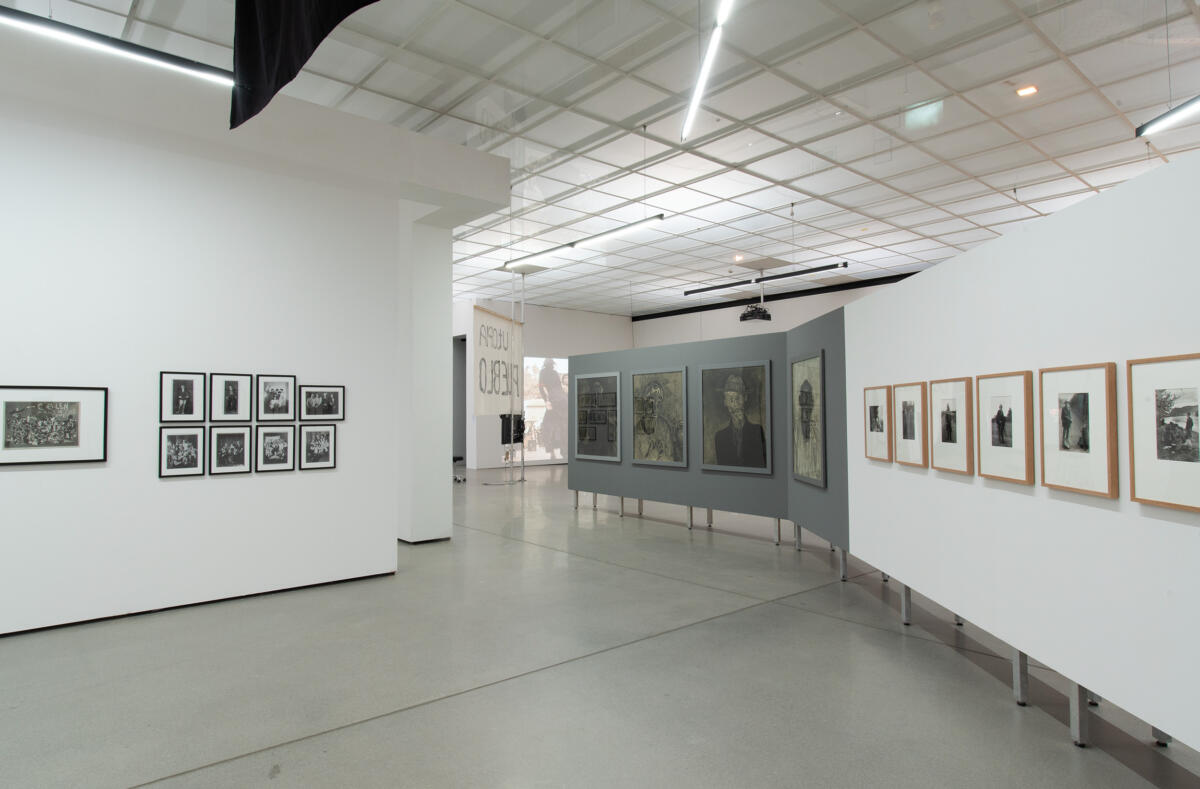[EN/DE] ‘Actually, the Dead Are Not Dead. Una forma de ser’ at Kunstverein Stuttgart
![[EN/DE] ‘Actually, the Dead Are Not Dead. Una forma de ser’ at Kunstverein Stuttgart](http://blokmagazine.com/wp-content/uploads/2021/02/7-credit-hans-d-christ-1200x801.jpeg)
[EN]
With Una forma de ser (A Form of Being or Life), the Württembergischer Kunstverein continues its exhibition series Actually, the Dead Are Not Dead, which goes back to the Bergen Assembly 2019 of the same name.
The exhibition from October 17, 2020, to April 25, 2021, (including pandemic-related closures) deals with the relationship between the feast and the political sphere. It examines the festival as a social and collective platform for emancipation and self-determination, and explores the aesthetic and poetic forms that have developed since the nineteenth century, particularly in the context of the subcultures of the Rom*nja, Flamencos, and Bohèmes. The festival as an aesthetic framework for the reversal of social relations (carnival) and the interpenetration of exuberance and rebellion, folklore and avant-garde is explored not only historically, but especially in relation to the present.
The exhibition combines visual arts, music, and dance, as well as advanced arts since the nineteenth century, with cultural forms associated with folklore and popular art: Francisco de Goya with the multiple award-winning contemporary flamenco dancer Israel Galván; August Sander and his photographs of Cologne’s “Lumpenbälle” with the Spanish underground artist Ocaña; the modernist graphic artists Gerd Arntz and Helios Gómez with Ceija Stojka; nineteenth-century Andalusian bohemian culture with flamenco taught to new music.
The curators of the exhibition, Pedro G. Romero and María García Ruiz, have for decades been exploring the world of flamenco and the relationship between stereotyping, romanticizing, and the exclusion of European Rom*nja. Yet they continue to point out the crucial role that the Rom*njaa and other marginalized groups have played in the development of the avant-garde. Flamenco actually emerged in the mid-nineteenth century in the urban environment of the Rom*nja, bohemians, and the so-called “lumpenproletariat” of the suburbs of Seville and other Andalusian cities: as a counter-movement to an emerging folklorism in Andalusia at the time.
This modern, avant-garde artistic manifestation was first described by Serafín Estébanez Calderón in 1838 in his text Asamblea General (General Assembly). What Calderón essentially observes here is a series of kris, the political assemblies of the Andalusian Rom*nja where the communities of Malaga, Cádiz, and Seville settled their affairs and disputes, and which always went hand in hand with a fiesta.
This text, as well as one of the works that Francisco Lameyer, an artist close to Goya, realized for it, is the starting point of the exhibition, along with the series Los Disparates by Francisco de Goya himself: a series of gloomy, carnivalesque, and grotesque scenarios with a variety of allusions to the political situation at the time. From here, the exhibition with works by artists such as Delaine Le Bas, Robert Gabris, and Teresa Lanceta extends all the way to contemporary art.
An important local reference is the Stuttgart Vagabond Congress, convened in 1929 by Gregor Gog and held not far from the then newly built Weissenhof Estate on the Killesberg in Stuttgart. As early as 1982, the Württembergischer Kunstverein and other art institutions had already taken up the subject of this congress and its background in the context of the exhibition Wohnsitz: Nirgendwo (Residence: Nowhere). In 2014, Theater Rampe in Stuttgart dedicated a reenactment to it.
Against the backdrop of current experiences of lockdown and social distancing, the thematic field of the exhibition has taken on a new meaning: after all, the festival, which stands for social and physical closeness par excellence, is currently the epitome of the pandemic fall from grace.
In addition, certain social groups, such as the Rom*nja, have been particularly hard hit by the coronavirus pandemic and its consequences; their social exclusion, which already long existed, is now even worse. In this respect, the exhibition also takes up aspects of spatial politics.
Under the title Una forma de ser, the curators María García Ruiz and Pedro G. Romero are concerned with negotiating the communities of the Rom*nja, Flamencos, and Bohèmes beyond identity politics with regard to forms and strategies of political subjectivation. Images of the self, images of the other, and their warped appropriation generate a series of tensions that are almost impossible to resolve, but which can perhaps contribute to a differentiated examination of these images.
A brochure will be published to accompany the exhibition. The planned discourse, performance, and mediation program will take place online and/or on site in accordance with pandemic developments. Already in the context of the first exhibition in the series, which was interrupted and extended due to the pandemic, the Kunstverein has initiated a Shutdown Program that will explore the questions and themes of the project in greater depth in various online formats.
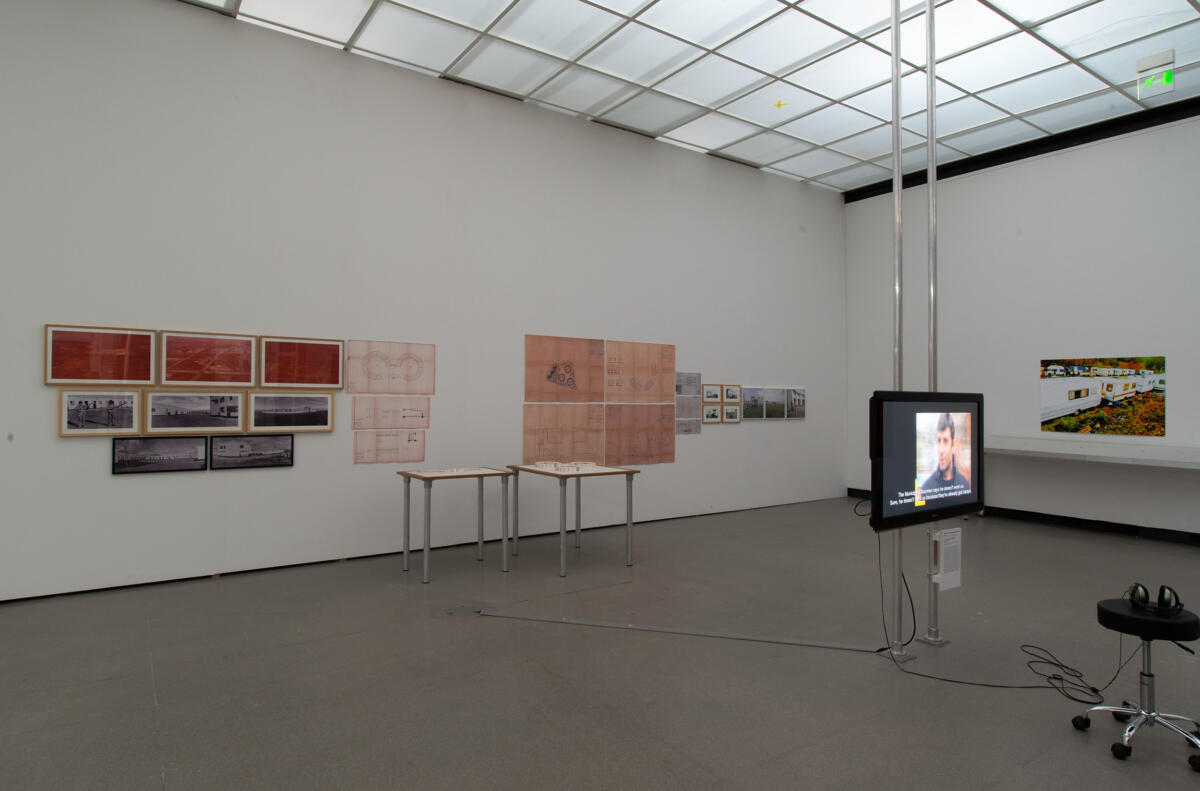


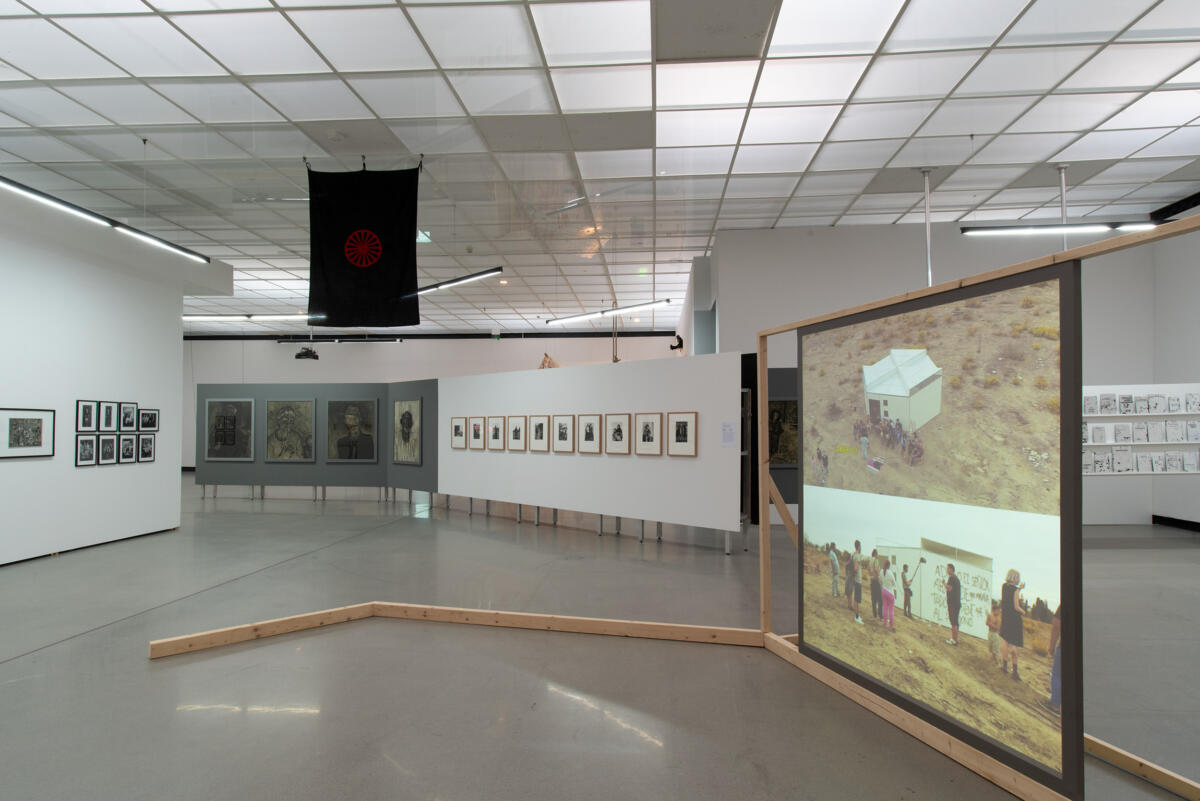


[DE]
Mit Una forma de ser (Eine Form des Seins, des Lebens) setzt der Württembergische Kunstverein seine Ausstellungreihe Actually, the Dead Are Not Dead fort, die auf die gleichnamige Bergen Assembly 2019 zurückgeht.
Die Ausstellung, die vom 17. Oktober 2020 bis 25. April 2021 (inklusive Pandemie bedingter Schließungen) stattfindet, beschäftigt sich mit den Beziehungen zwischen dem Fest und dem Feld des Politischen. Sie untersucht das Fest als soziale und kollektive Bühne der Emanzipation und Selbstbestimmung und geht den ästhetischen und poetischen Formen nach, die sich daraus seit dem 19. Jahrhundert insbesondere im Umfeld der Subkulturen der Rom*nja, Flamencos und Bohèmes gebildet haben. Das Fest als ästhetischer Rahmen der Verkehrung sozialer Verhältnisse (Karneval) sowie der Durchdringung von Ausgelassenheit und Rebellion, Folklore und Avantgarde wird dabei nicht nur historisch, sondern insbesondere in Bezug auf die Gegenwart ausgelotet.
Dabei verbindet die Ausstellung bildende Kunst, Musik und Tanz ebenso miteinander wie die avancierten Künste und Populärkultur: Francisco de Goya mit dem vielfach preisgekrönten zeitgenössischen Flamencotänzer Israel Galván; August Sander und seine Fotografien der Kölner „Lumpenbälle“ mit dem spanischen Undergroundkünstler Ocaña; die modernistischen Grafiker Gerd Arntz und Helios Gómez mit Ceija Stojka; die andalusische Bohèmekultur des 19. Jahrhunderts mit einem an neuer Musik geschulten Flamenco.
Die Kurator*innen der Ausstellung, Pedro G. Romero und María García Ruiz, beschäftigen sich seit Jahrzehnten mit Flamenco und den Beziehungen zwischen der Stereotypisierung, Romantisierung und Ausgrenzung europäischer Rom*nja. Zugleich geht es ihnen darum, aufzuzeigen, welche entscheidende Rolle Rom*nja und andere marginalisierte Gruppen für die Entwicklung der Avantgarden gespielt haben. So ist der Flamenco Mitte des 19. Jahrhunderts im urbanen Umfeld der Rom*nja, Bohème und des sogenannten Lumpenproletariats der Vororte Sevillas und anderer andalusischer Städte entstanden: als Gegenbewegung zu einem damals wachsenden Folklorismus in Andalusien.
Diese moderne, avantgardistische künstlerische Manifestation wird erstmals von Serafín Estébanez Calderón 1838 in seinem Text Asamblea General (Generalversammlung) beschrieben. Was Calderón hier im Wesentlichen beobachtet, ist eine Reihe von Kris, den politischen Versammlungen der andalusischen Rom*nja, bei denen die Gemeinschaften aus Málaga, Cádiz und Sevilla ihre Angelegenheiten und Streitigkeiten regelten und die immer mit einem Fest verbunden waren.
Dieser Text sowie eine der Grafiken, die der Goya nahestehende Künstler Francisco Lameyer dafür anfertigte, sind Ausgangspunkt der Ausstellung, ebenso wie die Serie Los Disparates von Francisco de Goya selbst: Eine Serie düsterer, karnevalesker und grotesker Szenarien mit vielfältigen Anspielungen auf die damalige politische Situation. Von hieraus spannt die Ausstellung mit Künstler*innen wie Delaine Le Bas, Daniel Baker, Robert Gabris oder Teresa Lanceta den Bogen zur zeitgenössischen Kunst.
Eine wichtige lokale Referenz stellt der Stuttgarter Vagabundenkongress dar, der 1929 von Gregor Gog einberufen worden war und unweit der damals neuen Weißenhofsiedlung auf dem Killesberg stattfand. Bereits 1982 haben sich der Württembergische Kunstverein und weitere Kunstinstitutionen im Rahmen der Ausstellung Wohnsitz: Nirgendwo mit diesem Kongress und seinen Umfeldern beschäftigt. 2014 widmete ihm das Stuttgarter Theater Rampe ein Reenactment.
Vor dem Hintergrund der aktuellen Erfahrungen von Lockdown und sozialer Distanz hat das thematische Feld der Ausstellung eine neue Bedeutung erhalten: Ist doch das Fest, das für soziale und körperliche Nähe schlechthin steht, derzeit Inbegriff des pandemischen Sündenfalls. Darüber hinaus sind bestimmte soziale Gruppen wie die Rom*nja von der Corona-Pandemie und ihren Folgen besonders stark betroffen und hat sich ihre bereits lange davor bestehende gesellschaftliche Ausgrenzung noch verschärft. Insofern greift die Ausstellung auch raumpolitische Aspekte auf.
Unter dem Titel Una forma de ser geht es den Kurator*innen darum, die Gemeinschaften der Rom*nja, Flamencos und Bohèms jenseits von Identitätspolitiken im Hinblick auf Formen und Strategien der politischen Subjektivierung zu verhandeln. Selbstbilder, Fremdbilder und deren verkehrende Aneignung erzeugen dabei eine Reihe von Spannungsverhältnissen, die kaum aufzulösen sind, aber vielleicht einen Beitrag zu einer differenzierten Auseinandersetzung mit diesen Bildern leisten können.
Zur Ausstellung erscheint eine Broschüre. Das geplante Diskurs-, Performance- und Vermittlungsprogramm wird gemäß der pandemischen Entwicklungen online und / oder onsite stattfinden. Bereits im Rahmen der ersten Ausstellung der Reihe, die aufgrund der Pandemie unterbrochen und verlängert wurde, hat der Kunstverein ein Shutdown Programm initiiert, das die Fragen und Themen des Projektes in verschiedenen Onlineformaten vertieft.
Imprint
| Artist | Gerd Arntz, Daniel Baker, Canciones de la guerra social contemporánea, Joy Charpentier, Ines Doujak, El Solitario / Francisco Lameyer, Toto Estirado, Flo6x8, Robert Gabris, María García Ruiz, Gonzalo García-Pelayo, Israel Galván, Tony Gatlif, Helios Gómez, Francisco de Goya, Isaias Griñolo, Julio Jara, Hiwa K, Teresa Lanceta, Darcy Lange / Maria Snijders, Delaine Le Bas, Los Putrefactos, Máquinas de vivir, Ocaña, Otto Pankok, PEROU, Ragel, Pedro G. Romero, August Sander, Franz W. Seiwert, SEM/EN, Stalker, Ceija Stojka, Mario Maya y Teatro Gitano Andaluz, Luca Vitone, Rosario Weiss et al. |
| Exhibition | Actually, the Dead Are Not Dead. Una forma de ser |
| Place / venue | Württembergischer Kunstverein Stuttgart, Germany |
| Dates | 17 October 2021 – 25 April 2021 |
| Curated by | María García Ruiz and Pedro G. Romero |
| Photos | Hans D. Christ |
| Website | www.wkv-stuttgart.de |
| Index | Canciones de la guerra social contemporánea Daniel Baker Darcy Lange El Solitario Flo6x8 Francisco de Goya Francisco Lameyer Gerd Arntz Gonzalo García-Pelayo Helios Gómez Hiwa K Ines Doujak Isaias Griñolo Israel Galván Joy Charpentier Julio Jara María García Ruiz Pedro G. Romero Robert Gabris Rosario Weiss Teresa Lanceta Tony Gatlif Toto Estirado Württembergischer Kunstverein Stuttgart |

